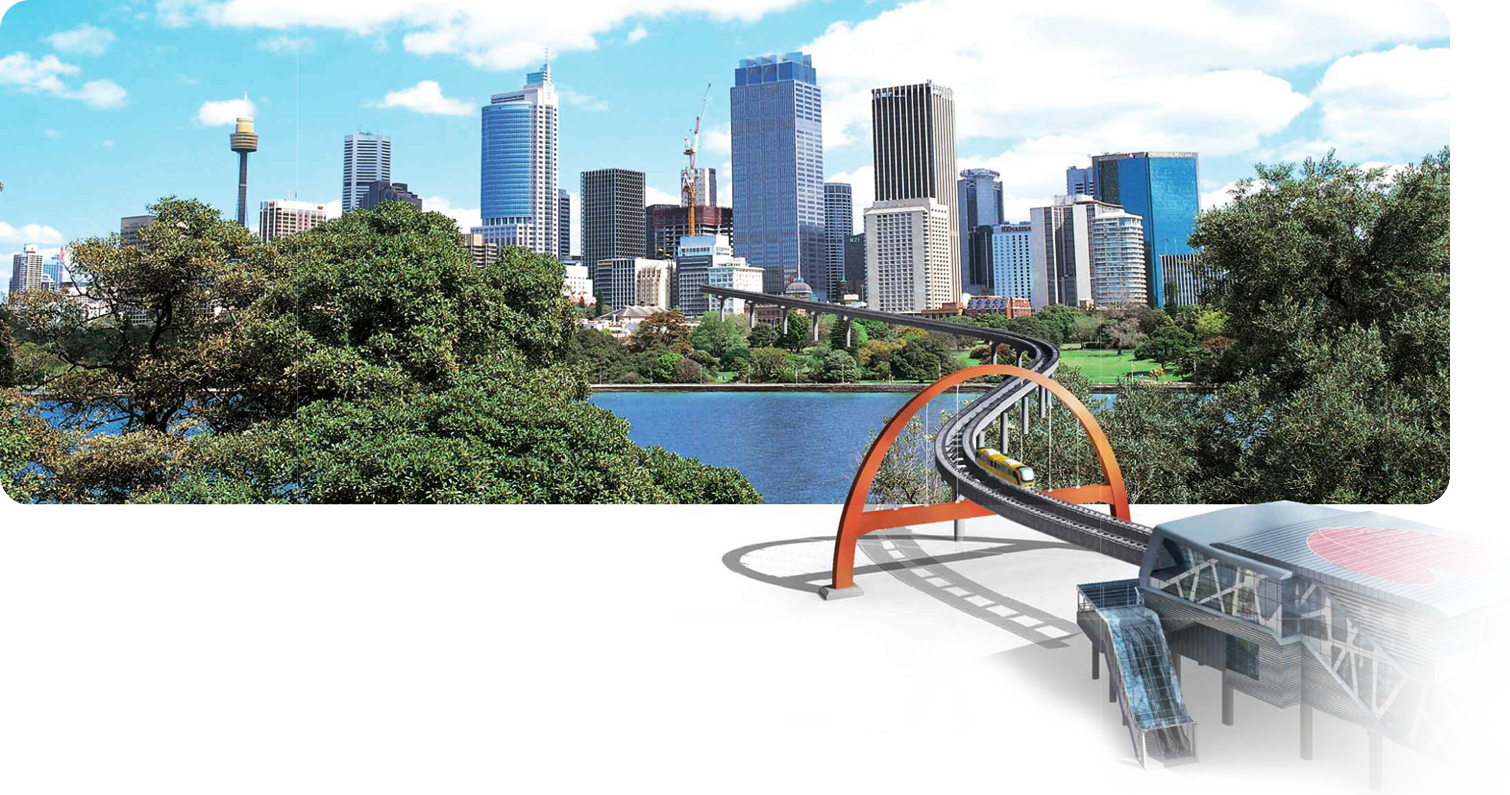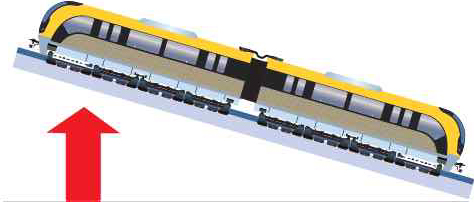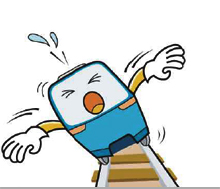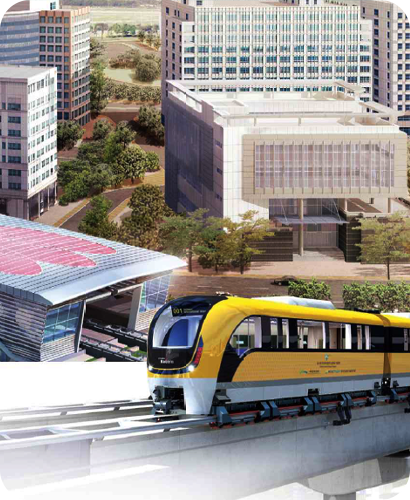THE PRESENT
WHAT WE DO
Features of Urban Maglev System

1Eco-friendliness
An environment-friendly urban transportation system that emits low noise, low vibration and no pollutants.
The urban Maglev, which does not have wheels, runs very smoothly and quietly while levitating on the rail by magneticforce and has a superior grade-climbing capability and curve running performance compared to conventional steel-wheel cars.
2Running Performance
A safe transportation system without the risk of derailment or electromagnetic hazard.
The urban Maglev, which does not have wheels, runs very smoothly and quietly while levitating on the rail by magnetic force and has superior grade-climbing
capability and curve running performance compared to conventional steel-wheel cars.
Comparison between urban Maglev and Steel Wheel-On-Rail System
| Steel Wheel-On-Rail System (Subway) | Urban Maglev | |
|---|---|---|
| Grade ability | Approx. 30/1000 | 70/1000 or above |
| Curve Running Performance | Approx. 150m | 50m |
-

Steel Wheel-On-Rail System (Subway)
-

Urban Maglev
3Safety
-

Steel Wheel-On-Rail
System -

Urban Maglev
Safe transportation system without the risk of derailment or electromagnetic hazard.
The Urban Maglev bogies wrap halfway around the rail, thereby eliminating the risk of derailment or rollover accident.
The electromagnetic field radiation of Urban Maglev to the passengers and environment, in the train, station, track side, etc., is no larger than the level which we experience in everyday life and thus safe for human health.
4Costs for Construction and Operation
Cost effective construction and operation
Compared with other light rail systems, the Urban Maglev requires similar construction cost and less maintenance and operation cost.
Construction Cost
The construction cost of the Incheon International Airport Demonstration Line is KRW42.7B.km including countermeasures against region specific conditions (poor subsoil, salt injury) and the characteristics of the route. However, in ordinary cities,the cost should not exceed KRW40B/km.
※ Cost of other light rail systems under construction in Korea: KRW40-50B/km
Operational Cost
The Urban Maglev has no consumable parts such as wheels, gears or bearings. Therefore, maintenance and labor costs, which account for about 80% of the total operational costs, can be minimized.
Compared with wheel-based light rail systems, more efficient operation can be implemented at a lower cost.


